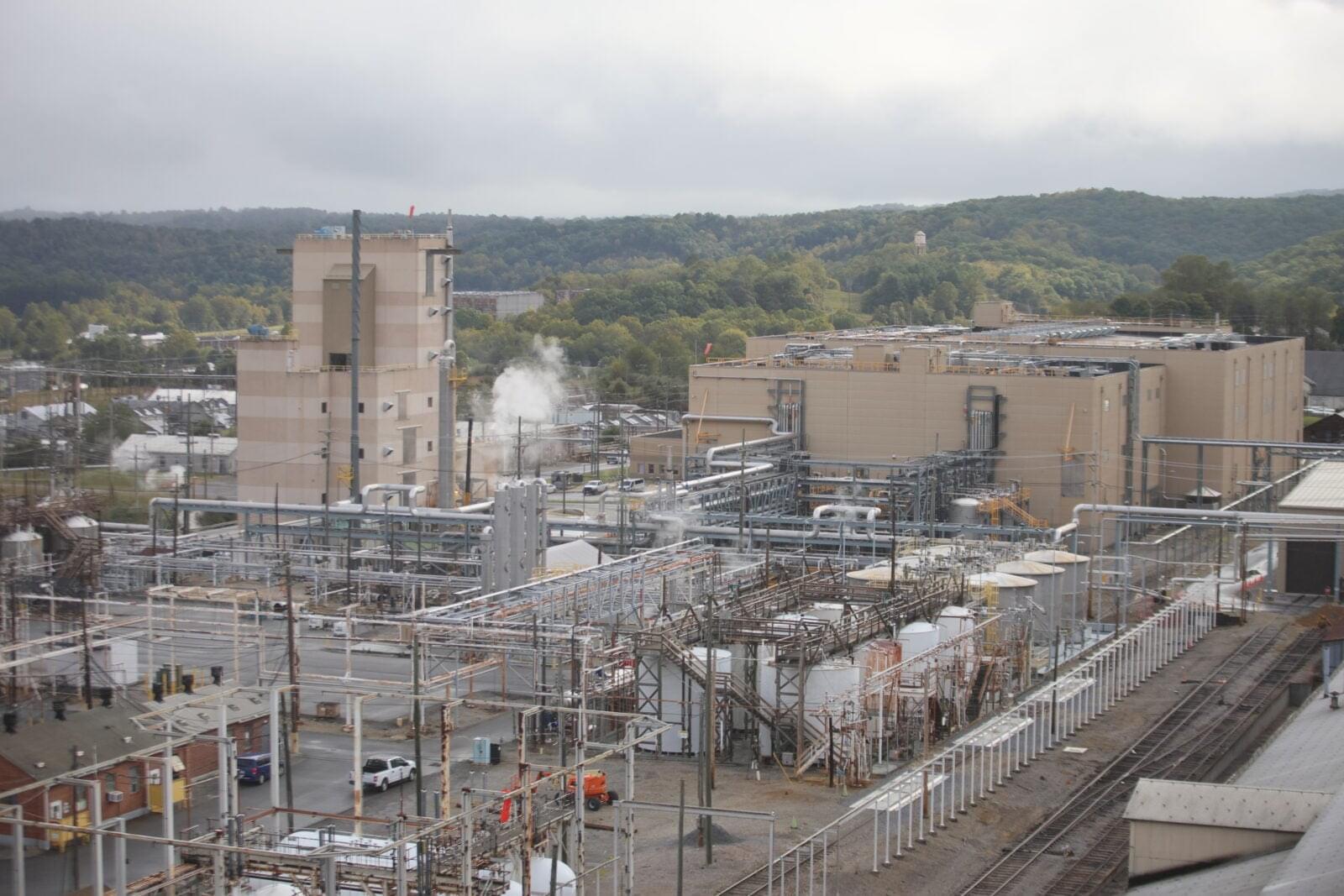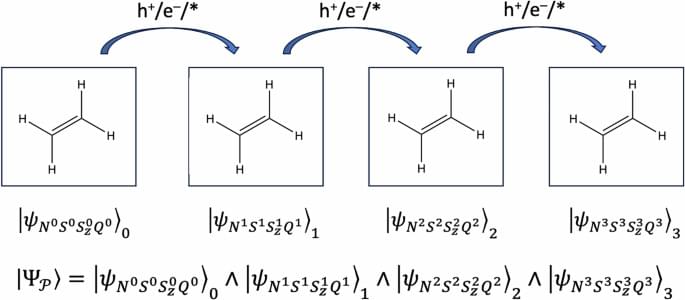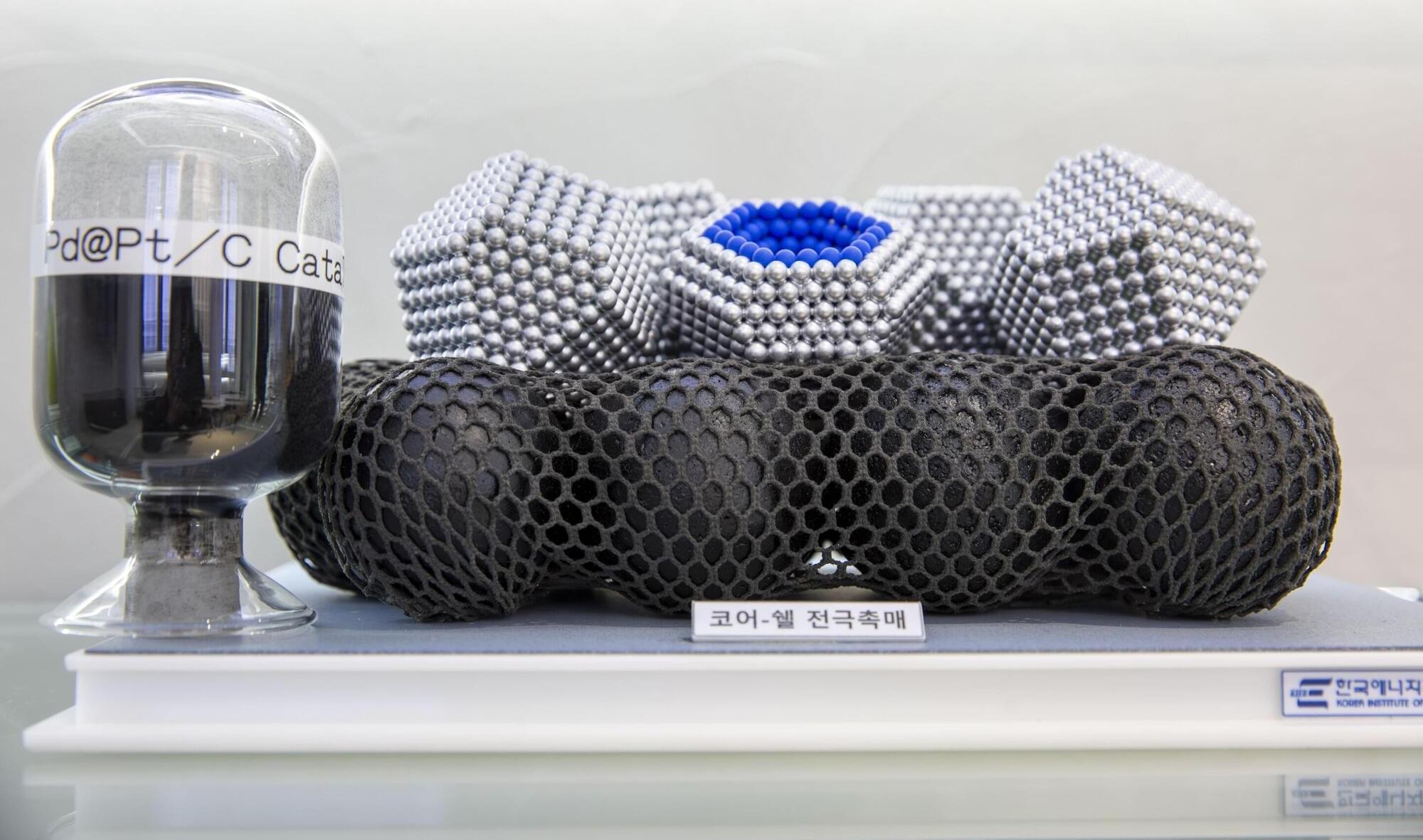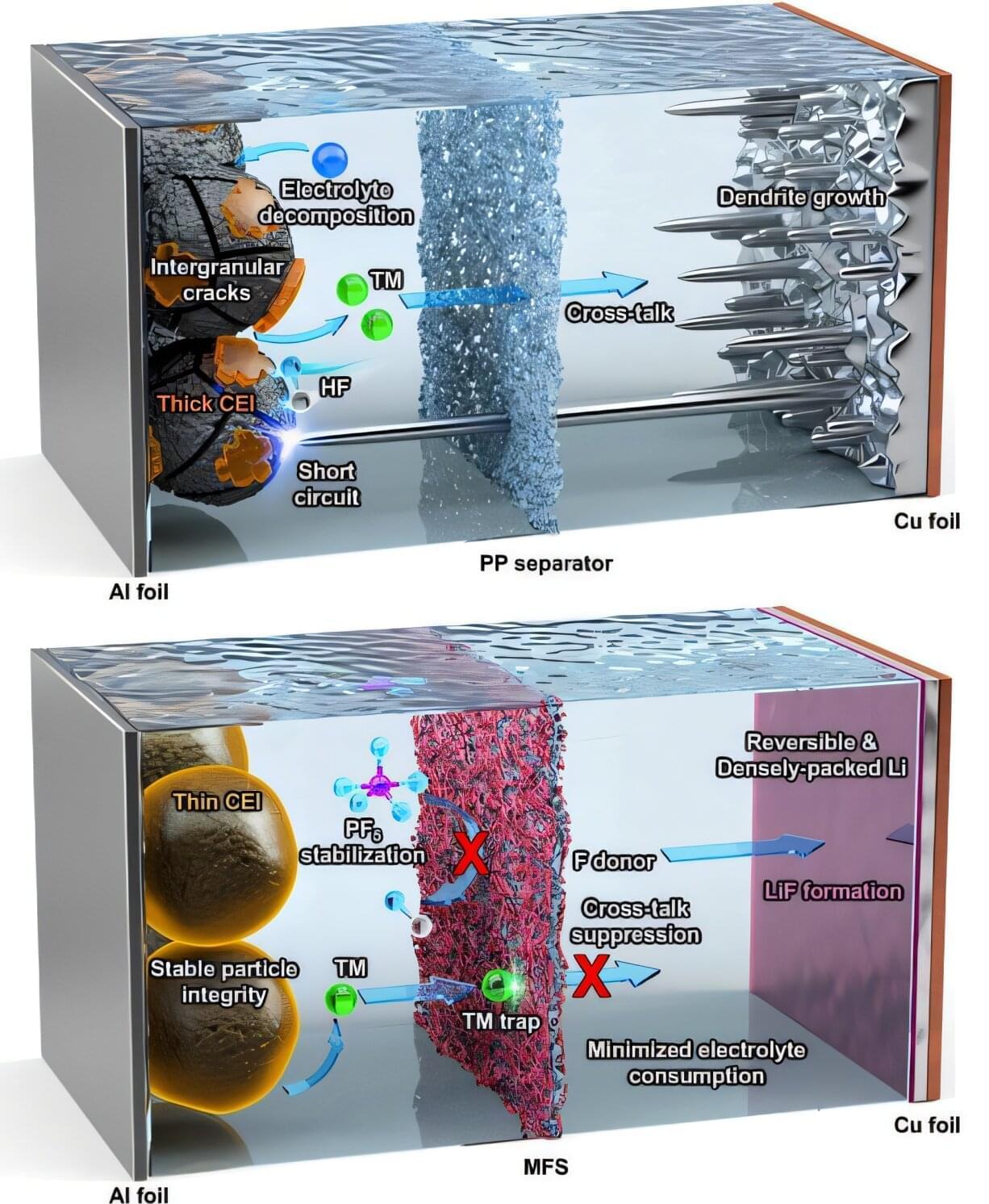A collaborative research team from the Institute of Solid State Physics, the Hefei Institutes of Physical Science of the Chinese Academy of Sciences, has discovered a high-energy-density barocaloric effect in the plastic superionic conductor Ag₂Te₁₋ₓSₓ
“This material shows a volumetric barocaloric performance far beyond that of most known inorganic materials,” said Prof. Tong Peng, who led the team, “Its high energy density makes it well-suited for smaller and lighter cooling devices.”
The findings were published online in Advanced Functional Materials.








